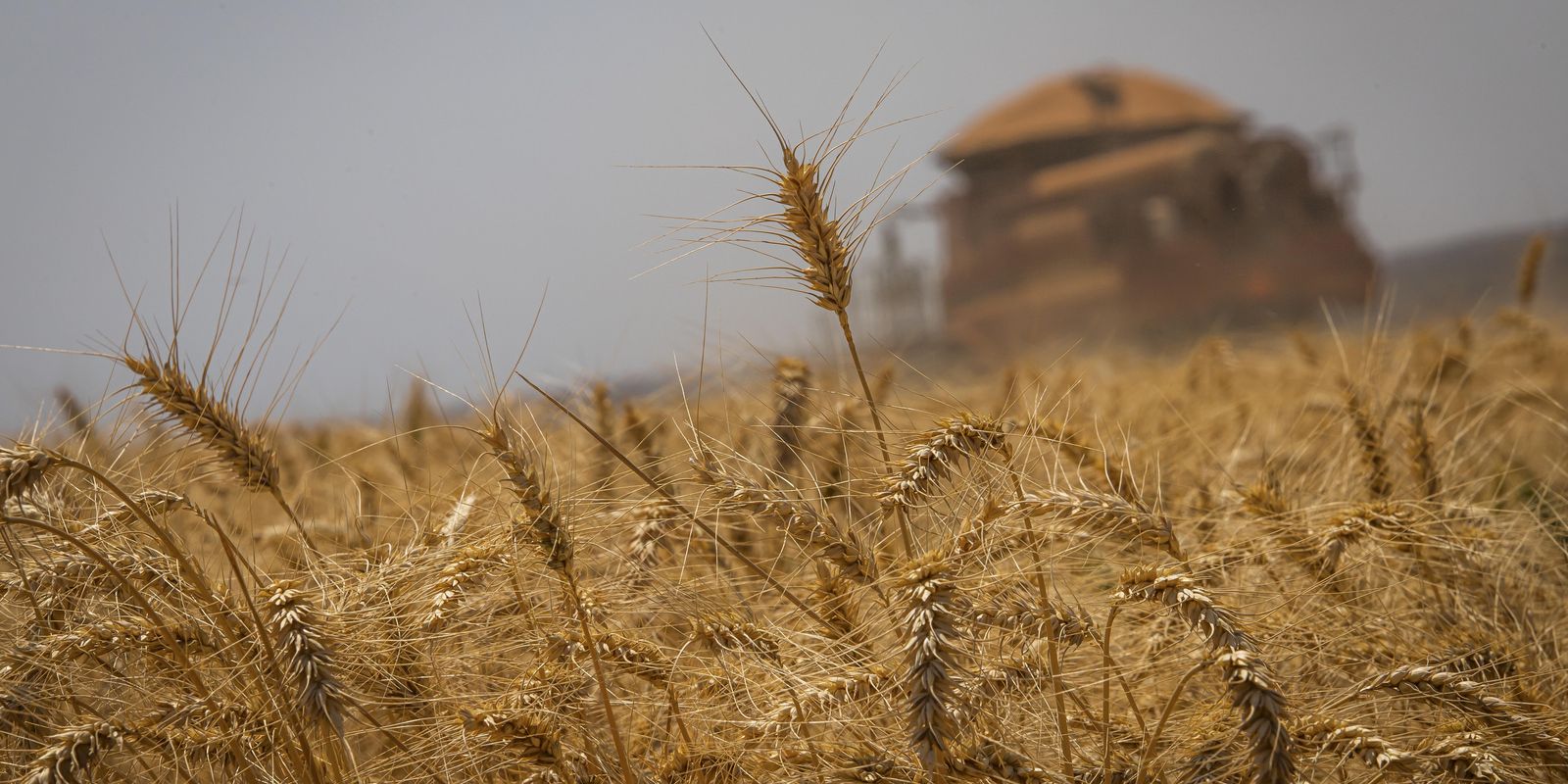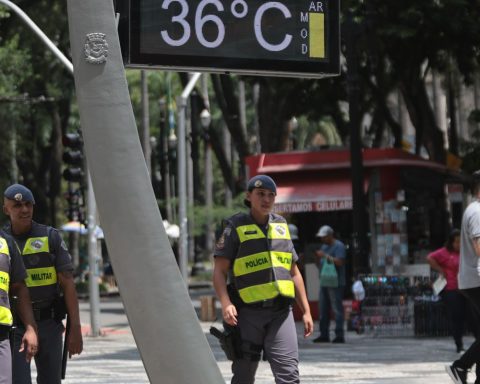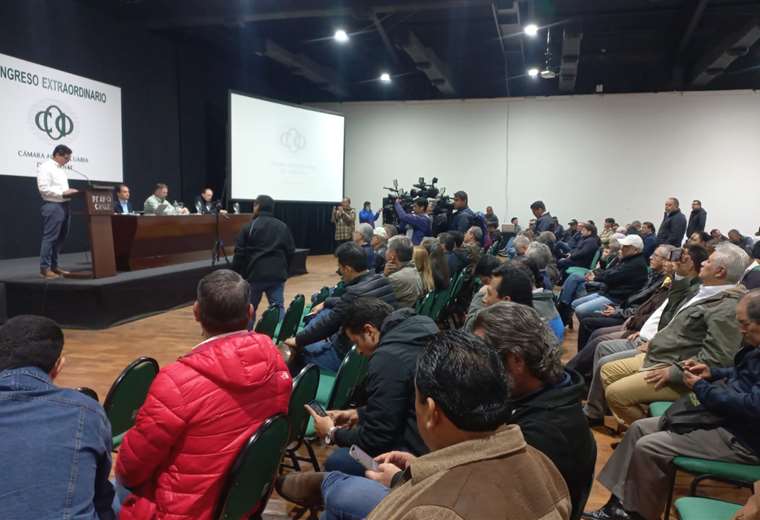Brazil is expected to produce a total of 298.6 million tons of grains in the 2023/2024 harvest. The estimate represents a drop of 6.6% (or 21.2 million tons) compared to the previous harvest (2022-2023). Despite the reduction, the result, if confirmed, will correspond to the second largest harvest ever harvested in the country.
According to the 11th Grain Harvest Survey, released this Tuesday (13) by the National Supply Company (Conab), the drop is mainly due to the loss in average productivity of the country’s crops, resulting from adverse weather conditions.
“The effect of adverse weather conditions on crop development, from the beginning of planting to the crop reproduction phases, has led to situations in which areas with reduced rainfall have slowed plant development, resulting in a drop in productivity, or in regions with increased rainfall there has been flooding in cultivation areas, which also tends to reduce productivity,” says the survey.
Regarding the cultivated area, there was an increase of 1.5%, which corresponds to 1.18 million hectares more, compared to the last harvest. Conab explains that the greatest growth was observed in soybeans (1.95 million hectares), followed by sesame, cotton, sorghum, beans and rice.
“Total corn saw a reduction of 1.3 million hectares, followed by wheat and other winter crops,” he added. The second corn harvest is well underway and is now nearing completion. The estimated production is 90.28 million tons. Plantings made during the ideal window (between January and mid-February) achieved yields “as expected and even higher than those recorded in the last harvest.” This is mainly due to the regularity of rainfall during the development of the crop.
“Exceptions to this situation occurred in Paraná, São Paulo and Mato Grosso do Sul, where dry spells in March and April, combined with high temperatures and pest attacks, compromised the cereal’s productive potential,” the Company explained when reporting that there was also a reduction in the area allocated to planting corn in the first and second harvests.
The total produced in the current cycle is 115.65 million tons, a number that corresponds to a drop of 12.3% compared to the previous season.
Cotton, rice and beans
The estimated cotton lint production is 3.64 million tons, representing a record in Conab’s historical series, and an increase of 14.8% in production. The result is due to the climate conditions that favored the development of the crop. The 16.9% increase in the sown area also contributed to this growth.
The rice harvest has already been completed. According to Conab’s estimate, it will be 10.59 million tons, a result 5.6% higher than the volume obtained in the previous harvest. Irrigated rice is expected to reach 9.74 million tons, while dryland rice is estimated at 844.8 thousand tons.
“The increase observed is influenced by the larger cultivated area in the country, since the average productivity of crops was affected, reflecting the adverse weather conditions, with instability during the production cycle of the crop, especially in Rio Grande do Sul, the largest grain producing state”, detailed the Company.
In the case of beans, the three harvests of production should total 3.26 million tons, which represents an increase of 7.3% compared to the previous harvest. The first harvest has already been completed (942.3 thousand tons). The second harvest, estimated at 1.5 million tons, was affected by factors such as lack of rain; high temperatures in some producing states; and the incidence of diseases and whitefly. The third harvest should reach 812.5 thousand tons.
Soy and wheat
The main grain cultivated in the country, soybeans are expected to close the current harvest with a total of 147.38 million tons produced. The result represents a drop of 4.7% compared to the previous cycle.
“In the areas sown between September and October, in the Central-West, Southeast and Matopiba regions [que compreende os estados do MT, TO, PI e BA]there were changes in the productive potential of crops, with low rainfall and high temperatures, situations that caused replanting and productivity losses, unlike areas with later crops”, informed Conab.
A standout among winter crops, wheat has already completed its sowing phase in the South Region, which is the largest producer of the cereal in the country, accounting for 85% of the cultivated area. “In Rio Grande do Sul, after the initial delay in sowing due to excessive rainfall, planting has been completed, as have the areas sown in Paraná. The expectation is for an 11.6% reduction in the area allocated to the cereal, estimated at 3.07 million hectares.”















